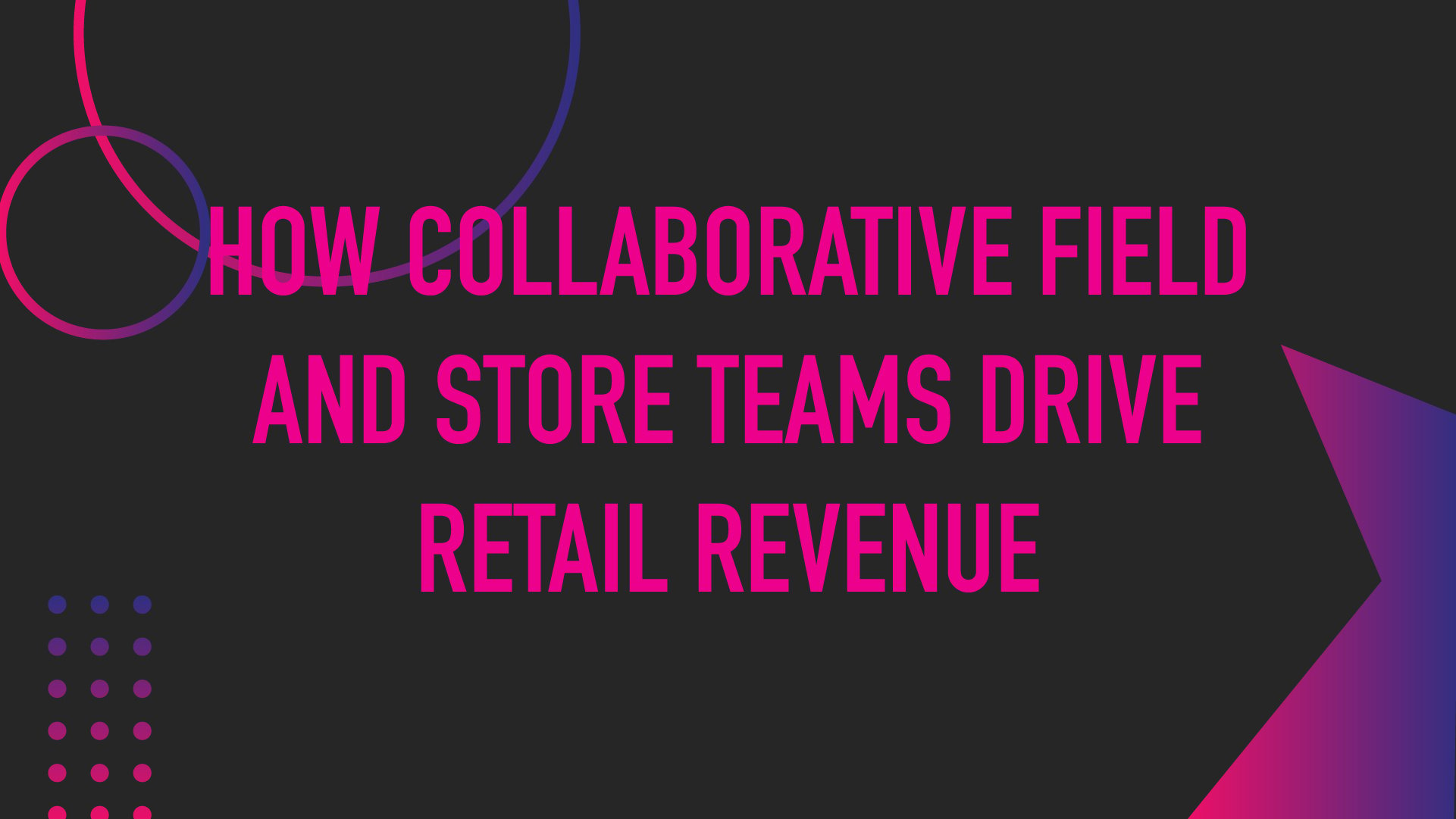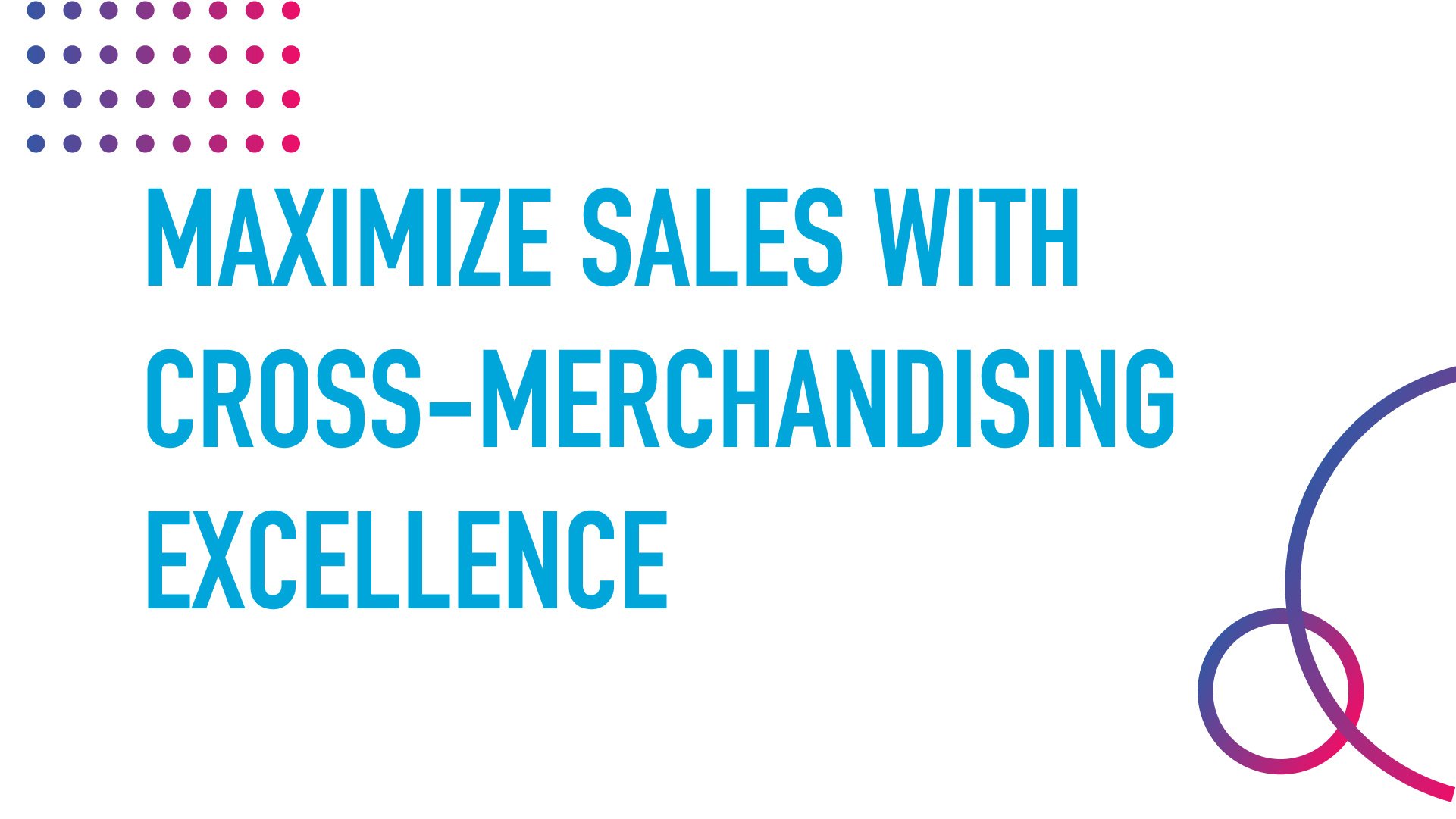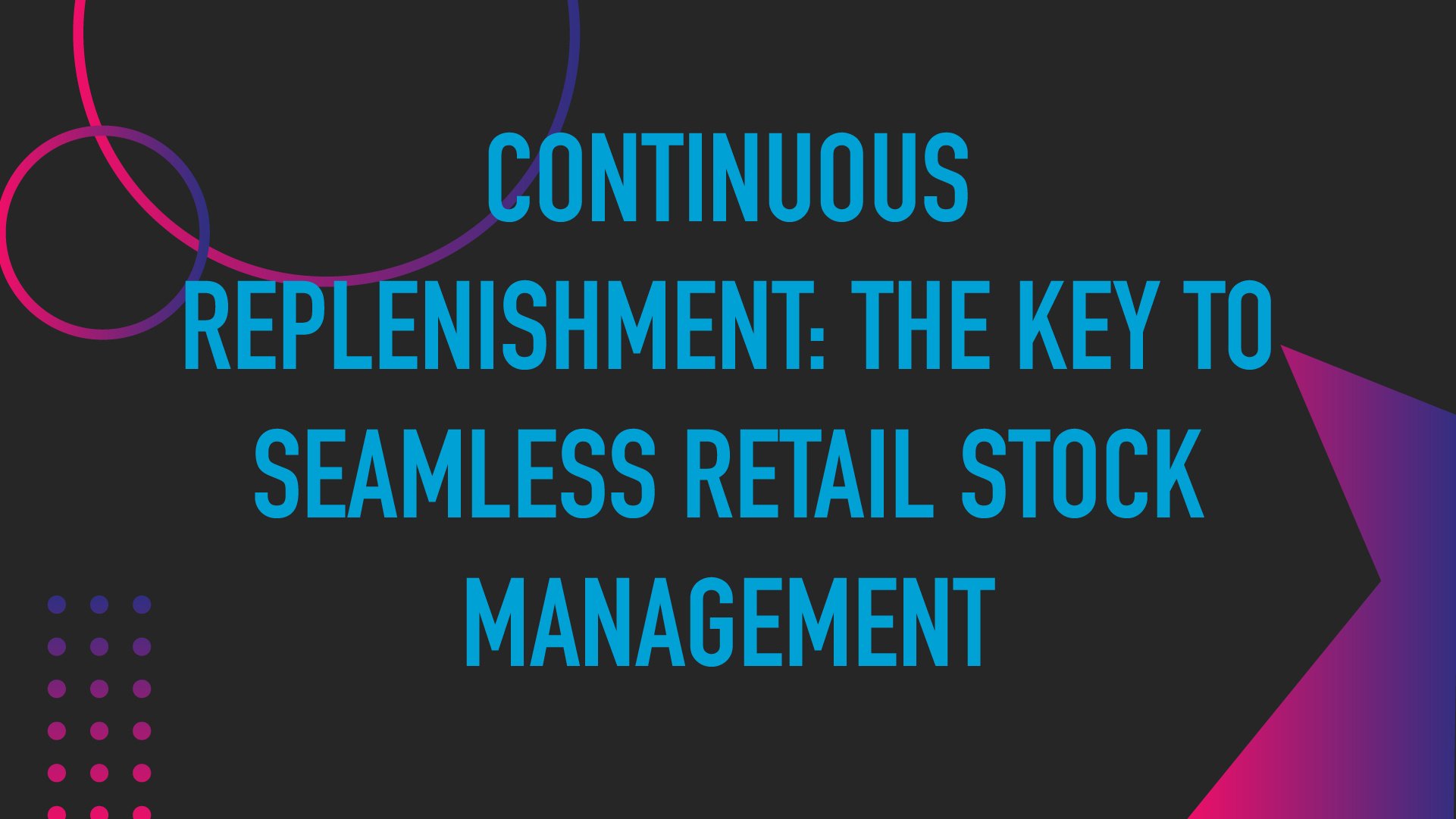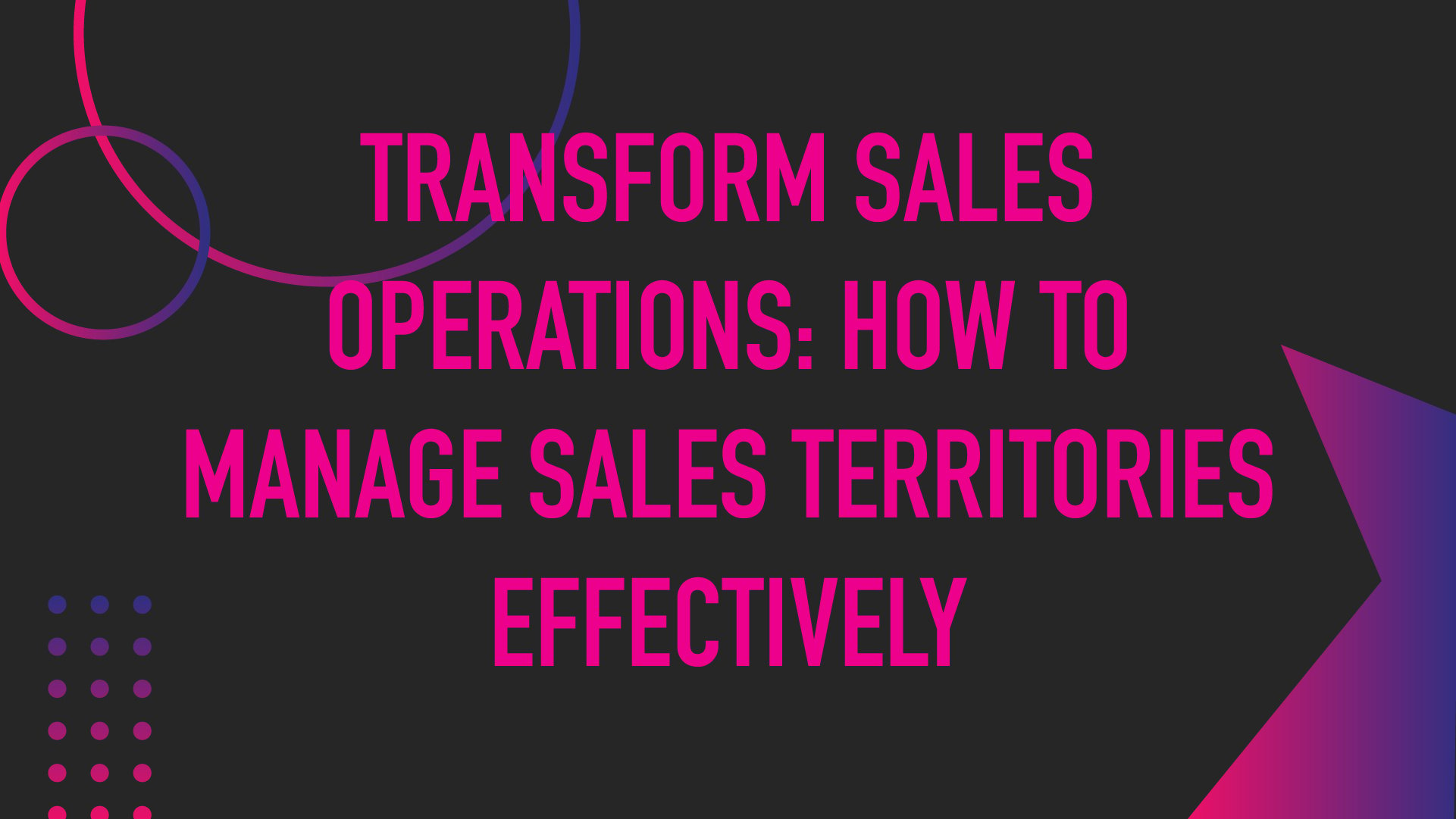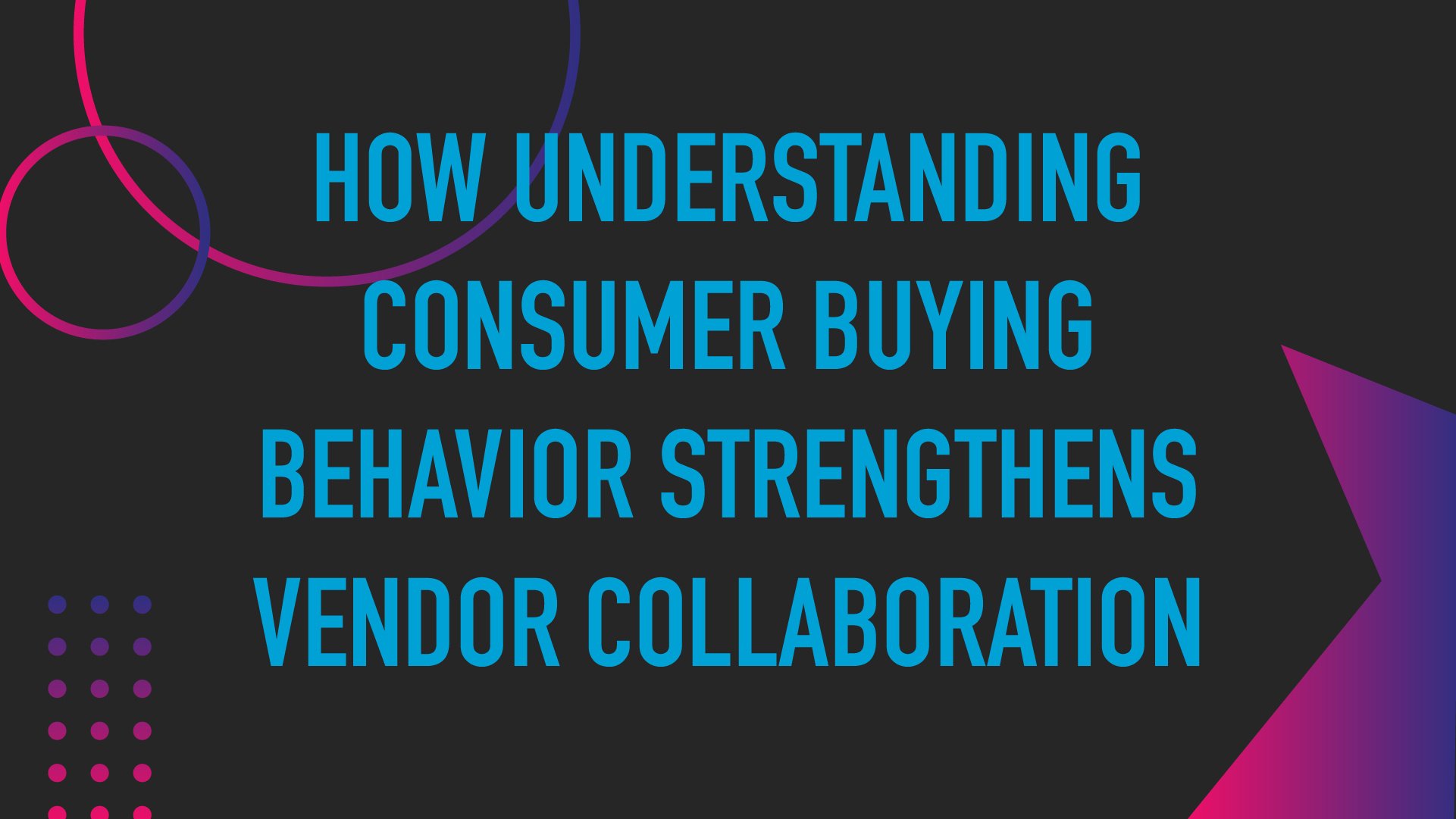RETAIL NEXT: Delivering Results Amid a Rapidly Changing Retail Landscape

For retail specifically, this year has required teams to work better, faster, and smarter together. All have worked tirelessly to meet customers where they are with what they want... online, in the store, and in parking lot pick-up zones. All have had to react, adapt, and implement new processes at every intersection of retail. It’s been a wild ride, and if we know anything about retail, we know it doesn’t slow down.
Here’s what we can expect to take shape in the next few years across the retail landscape. I think you will find that despite every change that happens, the constant focus for retail remains rooted in serving the customer. Today, tomorrow, and forever. Just as it always has.
SPECIALIZATION BECOMES THE PHYSICAL FORM OF DIGITAL PERSONALIZATION
Being strategic about meeting customers’ wants and needs is the key role and responsibility of retail leaders in the future. While ecommerce and BOPIS have taken off, there’s a new trend in physical retail and it’s pulling from digital learnings: specialization.
It's true that more consumers than ever before are online. It’s also true that more consumers than ever before are experiencing highly curated, personalized, online experiences. The success found in personalized, digital retail experiences increases spending and, therefore, revenue for retail. The outcome? More specialized, physical retail.
A 2018 JLL study claimed that by 2023, traditionally digital brands will open 850 brick-and-mortar stores. The prediction was right on the money. How so? Let me throw out some names you might recognize...
- Casper: one of the early, online-only, high-end, mattress mavens that now occupies many retail locations across the country.
- Warby Parker: the wildly popular, online-first eyeglasses store that gave your optometrist a shock.
- Tesla: no explanation needed on this one.
- UNTUCKit: men’s clothing that promises to keep you iron-free, now available offline and in-stores.
I could go on, but you get the point. Digital retail is here to stay. Physical retail is also here to stay, but in a new way. As retailers scramble to meet both the digital and physical demands of consumers, some will do well and some will fail.
INVENTORY ACCURACY IS NO LONGER A “NICE TO HAVE”
Sometimes consumers shop in-store randomly, and sometimes they shop more strategically. In either scenario, they walk away empty-handed if what they came for or decided to purchase on a whim is not there. Lack of inventory creates issues all across the board and forward-thinking retail leaders are doing just that: thinking ahead.
In a recent Gartner survey, some interesting data points show how consumer goods companies are changing their investments in technology. Three telling categories for increased investment are digital workplace (48%), mobile applications (32%), and API architecture (29%). And don’t miss two significant categories for reduced investment; software development (-21%) and infrastructure and data center (-34%).
Does this data indicate an increased focus on new collaborations with external partners? Undoubtedly so. The final mile of execution is reliant on two things: inventory being there, and workers being there to place it. The latter is where more retail leaders are beginning to focus. The former is where we saw many post-pandemic supply chain investments.
Soon enough, the complex problem of inventory will shrink and the consumer will be satisfied (if retail leaders get it right).
ELASTIC LABOR is driving RETAIL WORK
When it comes to inventory, store labor is one of the most critical elements of successful retail experiences for retailers, brands, and third-party service providers. Nearly 90% of the 1,200 employers polled by the Society for Human Resource Management (SHRM) said they were struggling to fill open positions this summer. To make matters direr, increases in wages make it even costlier to inefficiently manage labor.
The need to offset labor expenses with more productive labor utilization is apparent to all. The issue here is that most retailers still don’t have a framework for consistently managing and paying these workers. While some may be on the payroll, others might be paid by an agency or through invoicing.
The answer is in technology that supports a better way of overseeing owned and outsourced labor. By sharing workforce scheduling between retailers, merchandise teams, CPG companies, and distributors, it’s possible for elastic labor to work in ALL retail stakeholders' favor. Considering all parties already rely on each other for store execution, it’s only a matter of time before they all take initiative to better manage both owned and outsourced work.
Alas, elastic labor fuels the future of retail work.
the future of the retail landscape
The retail landscape is more customer-centric than ever before and more complex in nature than we’ve ever seen. The path forward places a significant impact on workforce tracking and management, creating a need for better technology. Leaders aiming to win in the next era of retail need technology that:
- Automates scheduling and time and/or mileage tracking
- Provides cloud-based task management accessed by mobile devices in-store
- Delivers dynamic, real-time, shared performance data between retailers, brands, and third parties
- Incorporates both full-time and part-time employees, as well as gig labor/flex labor
Coupled with a forward-thinking strategy, we’ve seen that technology can help retailers lead the charge to deliver omnichannel success and boost sales. We’ve even seen a rapid increase in technology partnerships to accomplish great things for the retail ecosystem.
Connection and collaboration enabled by technology is the way of the future. Many retail leaders and top analyst firms such as IDC Research are acknowledging the importance of true connectivity.
- Connection between the initial vision and the consumer
- Connection that transcends headquarters to give an aisle-level view of the work being done
We can bet that those who succeed in the unknown future are those that adopt and adapt at the speed of retail. Will that be you?
ERIC WILSON
CCO
ABOUT AUTHOR:
Eric Wilson is the Chief Customer Officer of Movista, responsible for leading the Sales, Marketing, and Customer Success functions. Eric is passionate about driving profitable business transformations and brings that energy through in his work, fostering the success of Movista’s clients at every stage in their journey. Eric holds 20+ years of leadership experience spanning from tech startups to global SaaS organizations.
featured content
featured content

The Importance of On-Shelf Availability in Retail: Why Keeping Items Stocked is Critical for Competitiveness in 2026
Learn why on-shelf availability is critical in today's retail store environment

